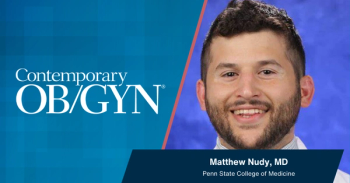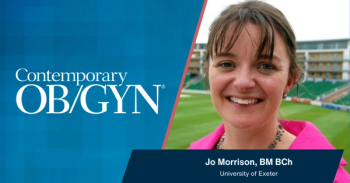
Falope-Ring® Applicator for Tubal Sterilization
OBGYN.net Conference CoverageFrom the 31st Annual Meeting of the American Association of Gynecological Laparoscopists (AAGL)
Barbara Nesbitt: Hi, I’m Barbara Nesbitt, I’m the editor of OBGYN.net, and we’re at the AAGL and we are in the ACMI booth and I have the pleasure of introducing you to Dr. Jay Berman, who is going to do a presentation on the Falope-Ring® applicator for tubal sterilization. Hello, doctor.
Jay Berman, MD: Hello.
Barbara Nesbitt: Oh, I forgot to say that he is Assistant Professor of Gynecology at Wayne State University.
Jay Berman, MD: Thank you, Barbara, it’s a pleasure to be here. I’ve been using Falope-Ring® tubal sterilization for about twenty-five years now. I find it a very safe, simple, effective, rapid procedure for tubal sterilization. It has a significant number of advantages. It’s been shown to be very effective in the Cruft study, which we’ll talk about in our presentation. It’s also been shown to have a low rate of ectopic pregnancy. These are all very important things when you’re counseling a patient prior to a tubal ligation procedure.
The benefits over electrocautery are that it eliminates the use of the electric currents, it eliminates the complications that are potential problems with both bipolar and interpolar electrocautery, it also eliminates the possibility of having a mismatched generator cord and instrument, which could create some increased risk for bowel burns and remote site burns during laparoscopic sterilization procedures.
The Falope-Ring® is a very rapid procedure; it takes about twenty minutes to complete in the average patient. They will spend about a half a day in the outpatient surgery center and generally between three and seven days, those patients are back to completely normal activities.
Barbara Nesbitt: So, now they can click on and they can see your whole PowerPoint presentation and the audio from that presentation.
Jay Berman, MD: Great.
Barbara Nesbitt: Thank you very much, Dr Berman.
Jay Berman, MD: Excellent, thank you.
Newsletter
Get the latest clinical updates, case studies, and expert commentary in obstetric and gynecologic care. Sign up now to stay informed.











